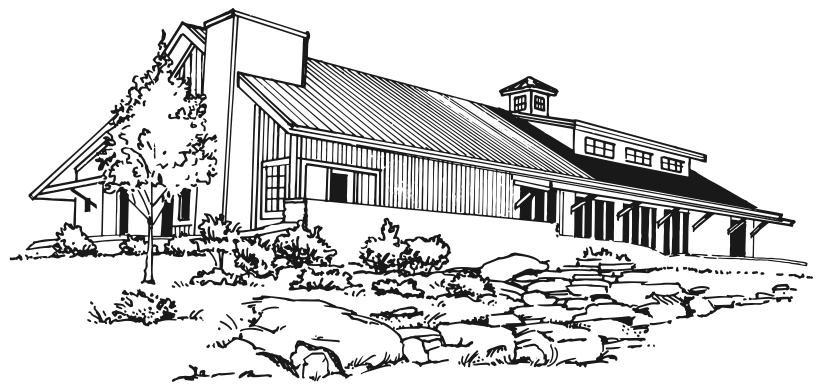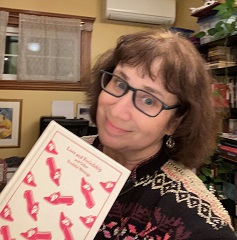Nancy Werlin (https://nancywerlin.com/) is one of our enthusiastic Whole Novel Workshop faculty members, and she stopped by the blog today to talk about “The Letter”– the one participants receive before the workshop even begins. Thanks, Nancy!
Whole Novel Workshop letters—the letters our participants receive from their readers before the on-campus portion of the program even begins—are less about directing the writer and more about raising questions to consider in a supportive, collaborative way that respects the writer’s intentions and commitment.
In my faculty role, I usually write letters for four writers whose entire drafts I’ve read over the previous 4-6 weeks. Below are some snippets (edited to conceal identifying information) from some of the letters I’ve written.
- “You’ve expressed uncertainty and anxiety about the space between what you want to achieve versus where the novel is right now. I hope you can let go of that. A novel goes through stages in its development; you get there phase by phase and piece by piece. But what I also want to tell you is that you’re closer than you seem to think.”
- “During the writing, a story can twist away from the writer’s original intention—basically, a mismatch develops between intent and content. Then, reevaluation is needed to tackle what the story has morphed into. But that’s not the case here, because this book absolutely does want to be a rom-com.”
- “Your subplots are well integrated and have multiple uses. But there are a lot of them—too many, I suspect. At the same time, I want to acknowledge that in real life, there could absolutely be this much stuff happening. Nonetheless, I feel that less would be more. So here’s my list of the subplots and their functions, as I understand them, and I ask you to consider: Can you part with any of them?”
- “You sometimes ask the reader to infer too much; to mindread or guess. In certain pivotal scenes, this creates confusion. As the writer, you can make sure what’s happening is clear for the reader, even if the characters don’t explicitly say things—or even understand them fully themselves. It can also make for wonderful tension when the reader understands more than the POV character. I’ll show you some examples.”
- “So you’re a “pantser”—someone who writes that first draft by following her nose rather than an outline. I am a pantser myself and I wouldn’t have it any other way (even though sometimes I envy the outliners with their roadmaps). However, once you enter the revision phase, logical analysis must come into play, or you end up revising in circles. (Believe me, I know.) At this point, I ask you to consider developing a beautiful, beautiful revision outline. It can be your best friend.”
- “This letter is just a start. I usually find that new angles come when I’m talking aloud with a writer about their work, and also when I hear them explain in person their intentions and desires for the work. So I really look forward to our meeting on zoom, and I do not consider this letter my last word on the subject of your novel, and neither should you. Things develop.”
Of course, getting the letter in response to your complete novel is only one piece of what happens at the workshop—in fact, the letter happens before the workshop. Then there’s a follow-up one-to-one zoom, and then an entire week on the Highlights Foundation campus with writing time, lectures and workshops (including the amazing Brain Trust), great food, and wonderful talk-talk-talk about writing with everybody, not just your reader.
I believe passionately in the Whole Novel program. Every single year, I fall in love with the minds and hearts of my writers. Why? Because when you read enough of a writer’s words, you can glimpse their soul … and children’s book writers tend to have good ones.
So, if you will soon finish a draft of middle-grade or YA novel—or if you already have—consider coming to join us at the workshop. We want your book out in the world for kids to read. We want to help.







